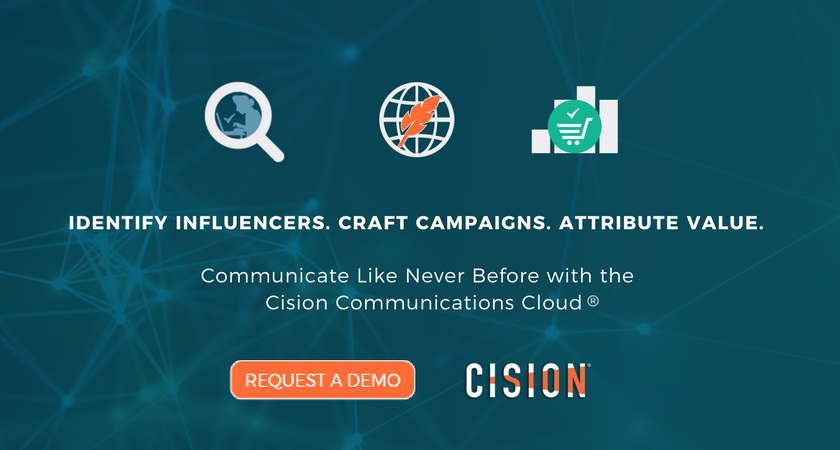Editor's Note: This post originally appeared on Forbes.com. You can read the original here.
Over the last couple of years, executives have started putting more emphasis on analytics and big data, and that has caused people across industries to rethink how they measure success.
However, when it comes to earned media, many public relations professionals continue to use what we call vanity metrics — numbers like potential reach and share of voice — which don’t really tell you much about the audience, how they engage with your content or ultimately if it resulted in any real business value.
Up until recently, vanity metrics were the only way to value the success of a campaign. If a story appeared on the front page of a major newspaper or online media outlet, then you could reasonably assume that a big portion of the readership read the story about your company. Unfortunately, you’re still relying on the circulation's potential reach and you don’t really know what engagement looked like and who those people were.
Missing Information
Vanity metrics only give people an idea of potential engagement. If you know how many people read a newspaper, whether in print or online, then you have an idea of how many people may have seen an article published there. If it’s a press release, you may receive information from your distribution provider on how many websites picked up the release or who clicked on it.
Google Alerts can inform you whether a story was picked up but doesn’t provide data on who’s reading the story or even if it’s being read at all. The same goes for social media mentions. You can search a company name on Twitter or Facebook, and you can see who has liked and shared a post, but you can’t tell whether they read the article. And it’s likely they haven’t: One study found that 59 percent of links shared on social media aren’t clicked on at all.
These metrics can give you a sense of whether something is resonating and tell you a bit about your audience. The Wall Street Journal and The New York Times, for instance, provide data on the people who subscribe to their content — but you can’t know which portion of that audience engaged with your content or if that earned media campaign is producing a return on investment. Unlike paid or owned media, it’s difficult to follow the chain of events — if someone read a story, went to your website, looked at a product and then put that item in their shopping cart for purchase. The chain ends as soon as the press release or article is published.
Better Measurement Tools
It’s not wrong to use vanity metrics such as likes and shares, but they should be thought of as leading indicators instead of the be all and end all of PR measurement. They can guide professionals toward new opportunities — if a new site gets millions of impressions, then start sending your information to its writers — and offer at least a starting point for earned media campaigns.
But new tools are starting to take PR measurement to another level. Instead of relying solely on vanity metrics, advanced analytics software can give firms a far more concrete idea as to the path a piece of earned media takes. Depending on what press release provider you choose, you can now map efforts back to actual revenue impact. Now you can tell what type of reader is viewing a piece of earned media, if they click on an article, if the reader comes to your website, where they go on your site and whether they buy a product or request more information.
Much of the same analytics that you can get with paid media can be generated with earned. Why is this important? Because you can see whether an earned media campaign generated ROI. At the very least, you’ll be able to see the path someone took after a piece of content appeared on a third-party site.
While using more accurate metrics will be eye-opening for some — you won't be able to tell your boss that a piece of content may have been seen by millions anymore — it will allow you to show the true value your team brings to driving business goals. Vanity metrics can still serve a purpose — I’m not saying to get rid of them entirely. It should be an and situation rather than an either/or. When it comes down to it, your CMO is much more likely to question your budget when you can't show how your efforts are driving customer buying behavior.
The more information and real, impactful data that you have at your fingertips, and the higher quality that information is, the better your PR campaigns will be.
![]()
Most Recent Posts
Cision Blogs Topics
-
Communications Best Practices
Get the latest updates on PR, communications and marketing best practices.
-
Cision Product News
Keep up with everything Cision. Check here for the most current product news.
-
Executive Insights
Thought leadership and communications strategy for the C-suite written by the C-suite.
About Kaila Garrison
Kaila Garrison is the VP, Marketing Strategy and Operations at Cision. Garrision has a decade of marketing and business development expertise, with previous leadership roles at Oracle and Compendium Blogware. Garrison holds a bachelor’s from Slippery Rock University of Pennsylvania.

